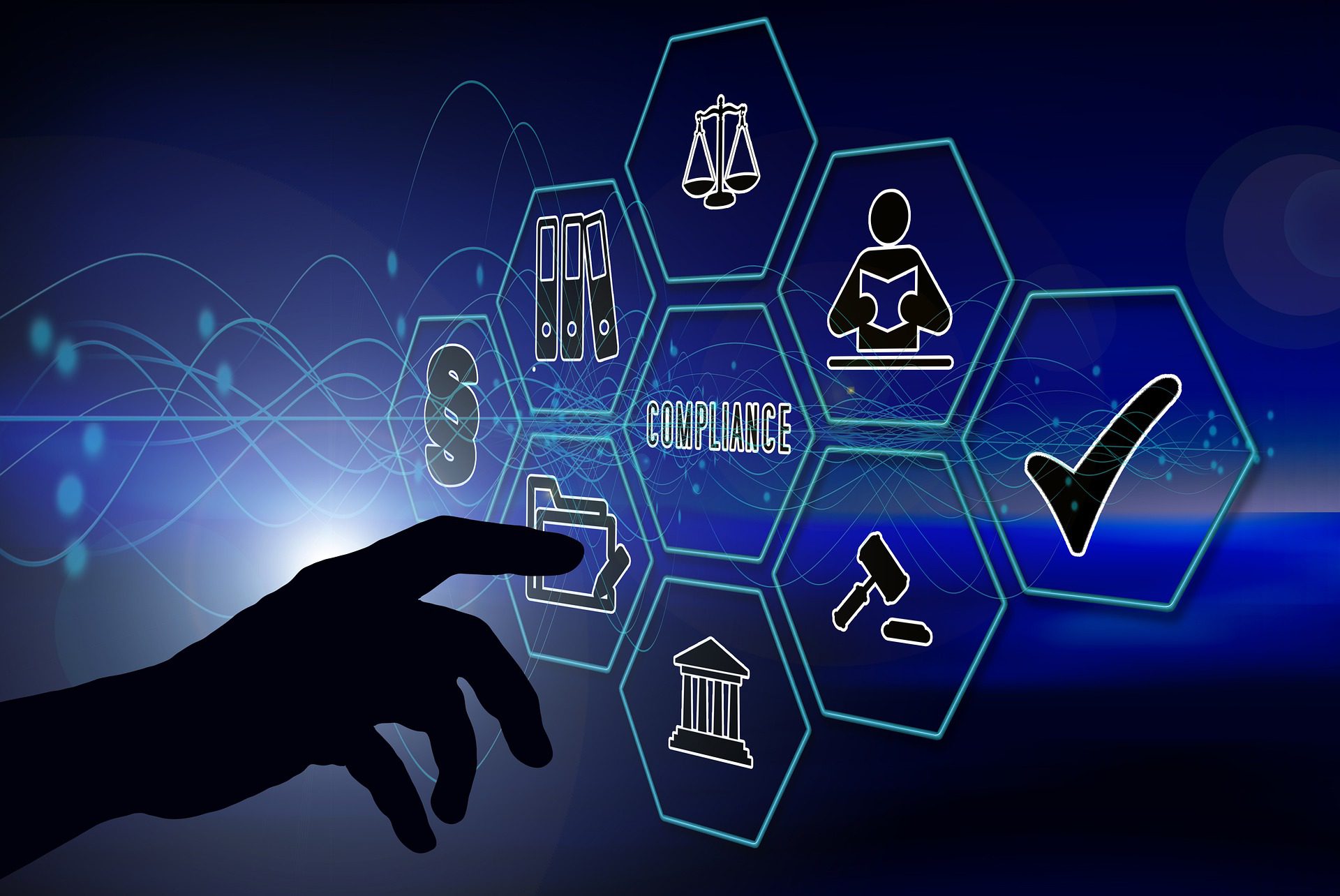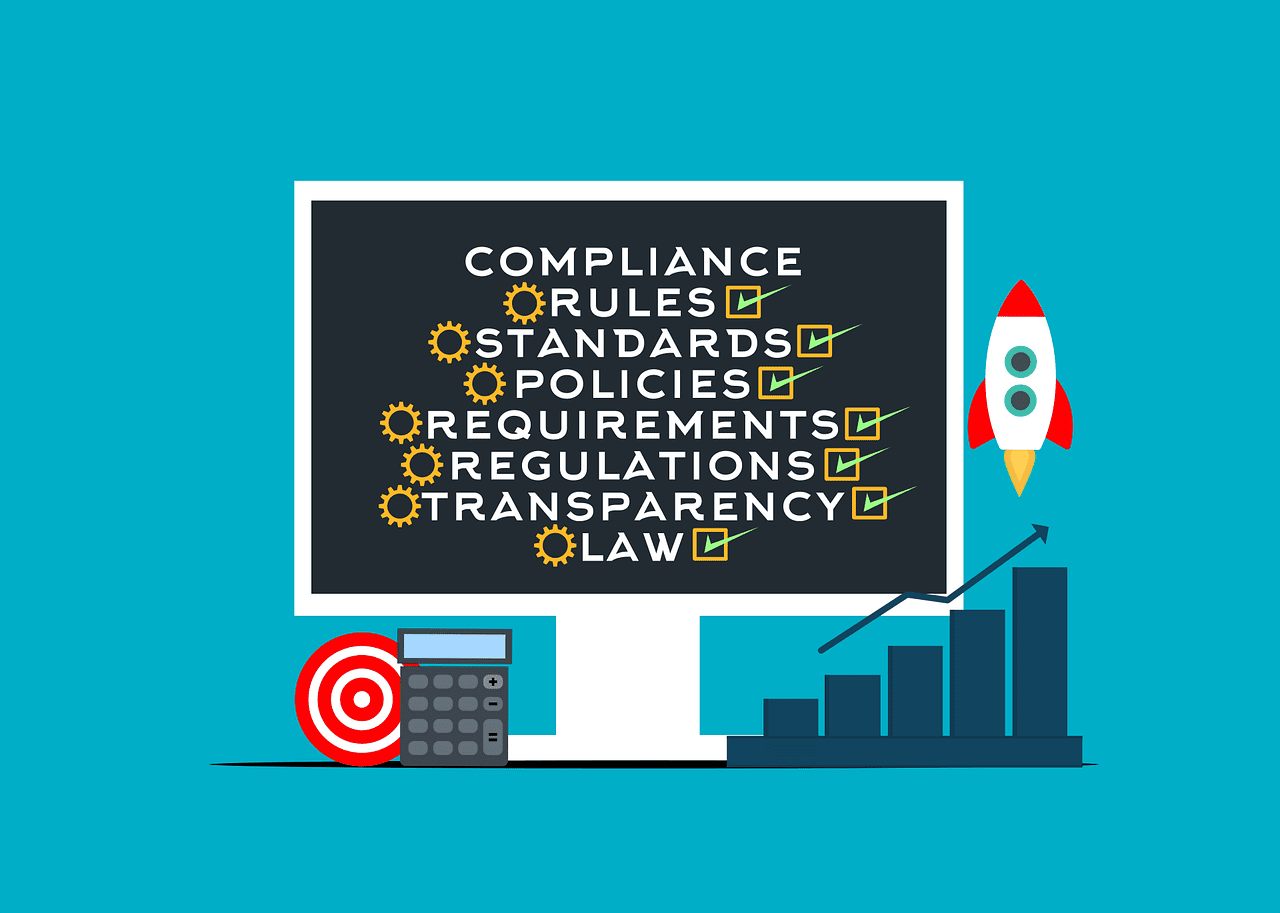Close
Close

GRC trends refer to a company's approach to managing the relationships between corporate governance policies, enterprise risk management programs, adherence to laws, and company policies.
The pace of change in the commercial world is mind-boggling. Every day, new business risks emerge, including those related to supply chains, third-party suppliers, privacy concerns, operational difficulties, cyberattacks, financial instability, and environmental compliance.
These issues are not separate; they pose interrelated concerns that call for all-encompassing fixes. As a result, organizations now more than ever need to take a deliberate, comprehensive approach to governance, risk, and compliance (GRC). Companies must adapt their GRC strategies as the business environment changes to maintain a holistic perspective of linked risks, comprehend the financial ramifications of those risks, and make better decisions at all levels.
The following GRC trends can assist your business in adopting a proactive stance to turn risk into a competitive advantage.

Disruption is currently one of the largest dangers to enterprises and is typically underrepresented. Disruptions occur in various industries, including banking, insurance, life sciences, transportation, and even college admissions procedures.
How are businesses reacting? Many are attempting to foresee and reduce the danger of interruption in advance. For instance, a top airline firm has developed a risk-weighted customer experience, combining and aggregating all of their customer complaints, operational issues, quality issues, and system-related difficulties, then aligning this information with their material risks and developing risks. By doing this, they can proactively detect and address any potential risk patterns, flaws, or gaps in the customer experience that the competitors might use to disrupt the market.
Other businesses are improving their capacity to handle known and unexpected disruptions.
For instance, a major national railroad operator is responding to future market changes by prioritizing risk situations affecting internal operations, customers, the economy, and the entire system of national logistical infrastructure. This kind of risk awareness is necessary because the group is instrumental in ensuring that basic utilities reach some of the most isolated areas of the nation. As a result, situations that could be life-threatening could arise from a lack of a disruption-ready market.
An unprecedented rate of change is occurring in the business. Some are being bought, while others are being sold. As a result, business models are changing as well as strategic priorities. Additionally, GRC tools, procedures, and functions are evolving. Make sure that these changes occur in a coordinated, carefully thought-out, and systematic manner.
A major international insurance business discovered this the hard way after investing millions of dollars in GRC trends projects that were "solved for today" or short-lived and produced several silos and disjointed procedures.
Forced to reconsider its strategy, the corporation worked to integrate and harmonize risk management gradually, rather than in a "big bang" or "rip and replace" fashion. They developed strong, flexible data and process frameworks that allowed many historical systems to coexist. This database was the cornerstone of a long-lasting, forward-thinking risk management approach.
That is a manifestation of harmonization. The other involves gathering information from many sources and applying it to offer risk insights in the context of corporate goals and strategic objectives. The key word here is context. After battling for a while to bring together many viewpoints on the same risk from quality, business resilience, IT, and most crucially, business owners, a top investment firm finally recognized that.
Risk communication's consistency was smoothed out by creating a common risk library and taxonomy. Additionally, they used a federated approach to risk management, which provided them with the adaptability to take different risk viewpoints into account.
Organizations increasingly depend on outside partners, from technical help to legal services to facilities management and physical security.
Using third-party services can increase your company's competitiveness by utilizing specialist talents and expert knowledge without worrying about creating internal systems. However, your firm's potential for vulnerabilities increases as the number of partnerships with vendors and third parties that affect every area of an organization expands.
When working with vendors, you take on their risks as well. What else? Third parties are collaborating with other third parties. Your company is at risk if any of your third parties (and their third parties') security is compromised. Your firm runs the risk of operational resilience and reputational harm, in addition to the financial losses you may suffer due to third-party vulnerabilities.
Three elements comprise an efficient third-party risk management strategy: a dependable vendor screening procedure, significant vendor prioritizing, and continual monitoring.
Everyone needs to participate in risk management because third parties can access every area of your business. This will help to ensure that nothing slips through the gaps. Your organization must agree on the framework and evaluation standards to evaluate third parties. Additionally, it would help if you chose your key performance indicators.
You can enforce and regulate service-level agreements (SLAs) more strictly by reviewing contracts to find providers that aren't keeping their promises. Every team member can access the required information, instruments, and common language to conduct these evaluations using the proper comprehensive GRC software.
Most businesses undertake some due diligence, but many only run an annual checklist for monitoring third-party risks. By then, data could be outdated, suppliers might not comply, and your company might be in danger.
By always keeping an eye on your third-party risk, you may reduce vulnerabilities and develop backup plans as necessary based on current data rather than information obtained at the beginning of the partnership.
Everyone who manages third-party risk, including corporate executives, internal audit teams, and legal, compliance, and IT departments, is impacted. However, your organization may manage vendor risks to safeguard you and your clients using appropriate tools and effective communication.
Flexible and adaptive structures are necessary for a robust organization across all functional domains. Hybrid employment provides flexibility for employees, but it also raises operational risk.
Organizations trying to construct their "new normal" in hybrid models must embrace change and agility to protect data, treat employees properly, and achieve DEI goals.
As managers navigate the difficulties of a dual workforce, hybrid work models present a new workforce risk: developing and upholding equitable relationships with on-site and remote employees. For example, one risk of hybrid working arrangements is that they prioritize "managing by walking around," which may be detrimental to distant employees.
Your company should prioritize leaders if it wants to prevent this disparity. Give them education and training to assist them in growing their virtual leadership abilities and improving their connections and interactions with remote workers.
Environmental, social, and governance (ESG) topics are being discussed more frequently now as a part of a full GRC, with ESG activities influencing recruiting procedures, consumer behavior, board debates, and investment strategies.
Although companies like BlackRock have publicly said that sustainable investing will take precedence in early 2022, regulators have paid attention to inconsistencies between the claims made about ESG funds and their actual reporting.

The Securities and Exchange Commission presented two draft rules for ESG funds. These rules will mandate that before utilizing names connected to sustainability, investment firms and the companies that are a part of their funds must provide evidence to support their claims.
Here is the crystal ball. GRC trends functions can significantly foresee risk occurrences, prevent anomalies, and serve as real strategic advisors to the business with the help of digital information and artificial intelligence.
Offering forward-looking views on risks and opportunities may drive business performance rather than just maintaining order within the organization. That is an example of "AI for GRC."
"GRC for AI" is also crucial. How do we successfully manage the risks associated with biases, insufficient data, or immature technologies associated with robots, machine learning, and artificial intelligence? One solution is to reintroduce people into the equation. Better accuracy and governance in automated decision-making are made possible by human-assisted AI.
As an illustration, a major social media business had been using AI to automatically remove posts that weren't politically or socially correct - until they discovered that the technique was only 99 percent accurate. So people had to be hired to make the final 1 percent of the bots operate.